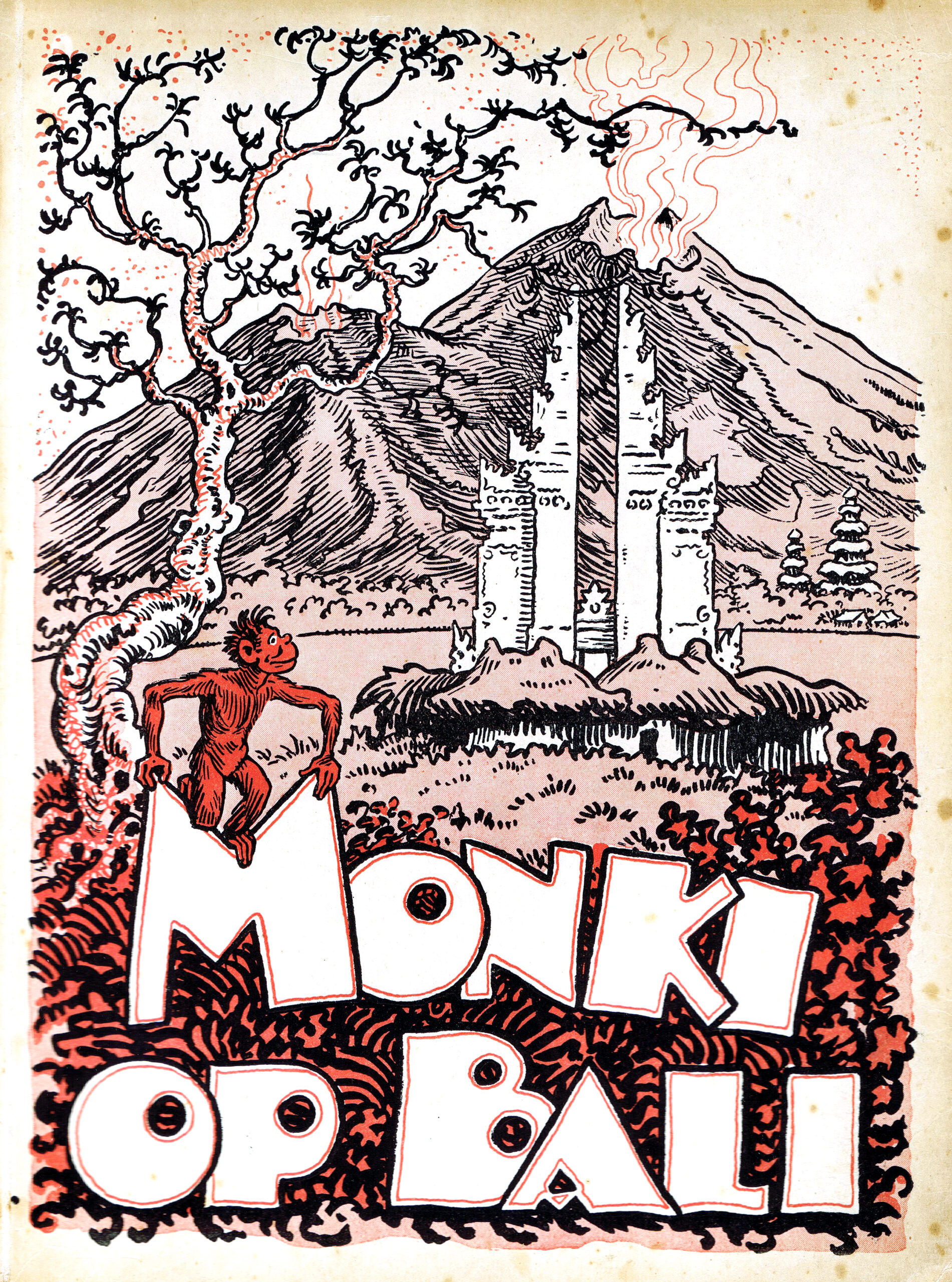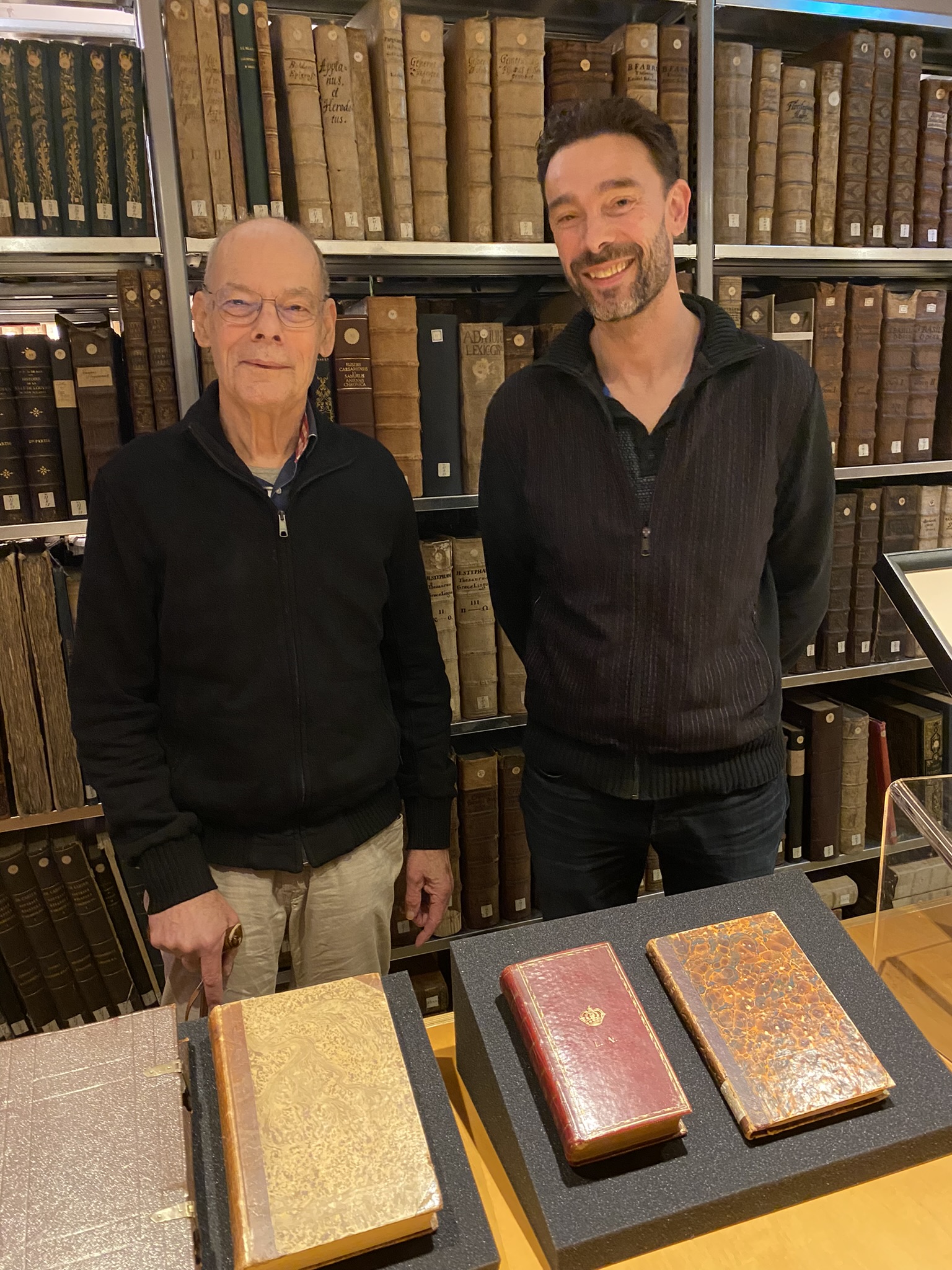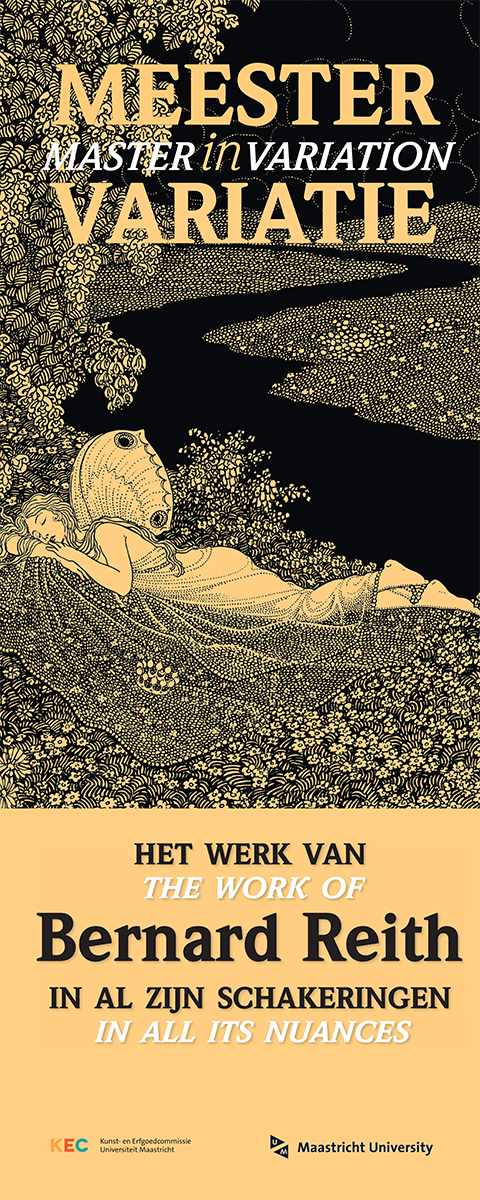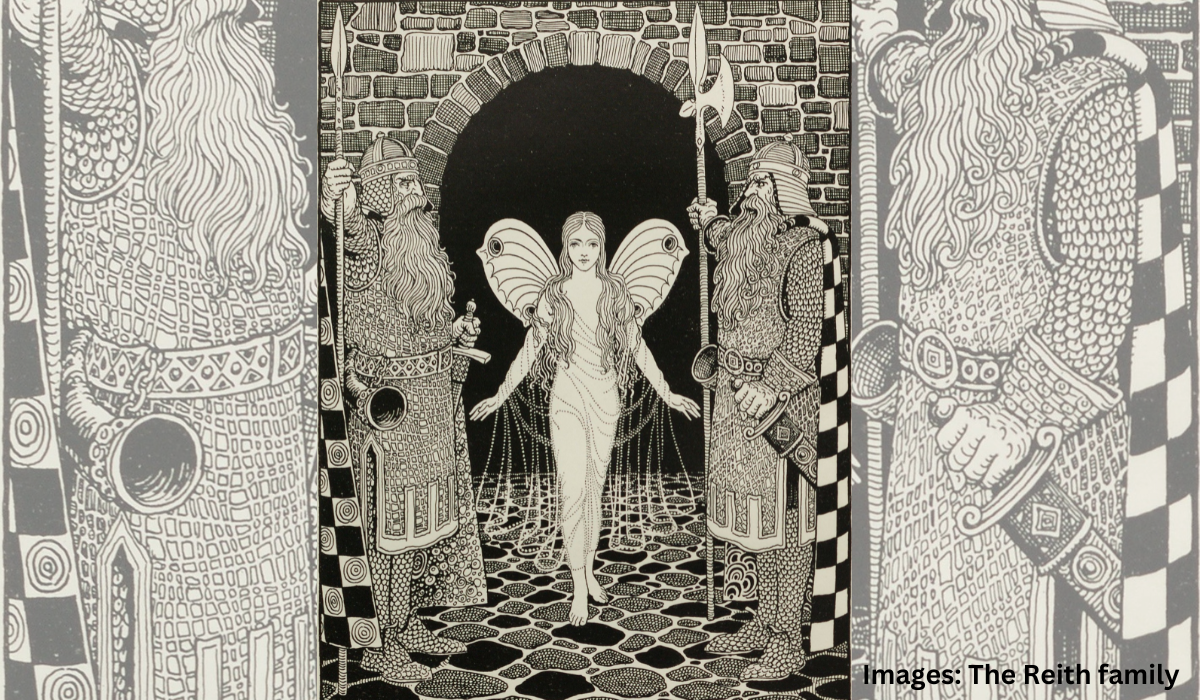A man who never sang his own praises but left a remarkable legacy in Dutch literary history. That is how family members describe the artist Bernard Reith (1894 – 1974), whose prolific work in the realms of illustration and art remains admired and valued today.
Despite making considerable contributions to the world of illustration and artistry in the Netherlands, very little is known about Reith as a person. With the recent opening of the Reith exhibition at Maastricht University (UM), Reith’s nephew and namesake, along with his son, shed light on the Reith they knew.
Although Reith’s creations captured the hearts of many throughout his life and thereafter, his family portrays him as a humble man who seldom discussed himself or his work. “He was always very modest. He never worked on his own image,” says his namesake nephew, Bernard Reith (80).
‘Monki’ and the artist’s love for children
Even at family gatherings, the artist refrained from boasting about his accomplishments. Reith recalls that he often found his uncle surrounded by children whom he entertained by making drawings of ‘Monki’ (his mischievous and playful monkey cartoon character) for them. Despite not having any of his own, his uncle adored children, says the artist’s nephew.

Above: Bernard Reith’s beloved monkey cartoon character called “Monki”.

Above: Bernard Reith, the nephew and namesake of the artist Bernard Reith, along with his son Maarten.
Rediscovering Reith’s legacy
It was only after his death that Reith’s nephew and his son delved into boxes of the artist’s belongings and documentation, gaining a deeper appreciation for the artist’s work and decided to champion his artistic legacy.
“When I saw the extent of his work, I realised this is quite remarkable in Dutch literary history. Through my father, I discovered more, and I have been deeply captivated in the journey of discovery into his work,” said his great-nephew, Maarten Reith (51).
This revelation led them, 50 years after his passing, to collaborate with Maastricht University’s (UM) Special Collections and the Art and Heritage Committee to organise an exhibition of Reith’s work. The exhibition features a selection of unique pieces from the UM Special Collections and from the Reith family archive.
Reith senior reveals that his uncle had a passion for drawing from an early age, but his parents discouraged him from pursuing a career in art. Consequently, he studied education, yet his life and career ultimately revolved around art. “He simply couldn’t stop illustrating – he was incredibly talented at drawing,” explains Reith’s nephew.
Into the world of fairy tales
Aside from his contributions to children’s books, Reith collected books from Golden Age of Illustration artists such as Arthur Rackham, Edmund Dulac, and Willy Pogany. Reith gained particular fame for his illustrations of Couperus’s Symbolist fairy tales Psyche and Fidessa, monuments in Dutch literary history.
Odin Essers, curator of UM Special Collections, emphasises the uniqueness of the Reith collection, being unparalleled in any other Dutch university or public library in terms of its extensive collection of fairy tale books. This fascination with fairy tales precisely attributes to the enduring appeal of Reith’s work. “Fairy tales resonate with everyone. There is hardly anyone who doesn’t adore them. People find them fantastic, regardless of age,” Essers said.
Throughout his life, Reith showcased a diverse skill set across styles, genres, and artistic mediums. Renowned for his ability to bring stories to life, Reith’s creations captured the hearts of many.
- The exhibition encapsulates the multifaceted work of Bernard Reith, celebrating its rich nuances and storytelling brilliance. Join us from January 15th to mid-June 2024 at Minderbroedersberg 4-6, Maastricht, as we celebrate the artistic heritage and timeless allure of illustration through the captivating lens of Bernard Reith’s extraordinary collection.
Contact us
Maastricht University Library stimulates, supports and facilitates the use of UM’s Special Collections and the thoughtful integration of digital technology to advance education and research. Think about how using these books can add value to some of your courses. If you want to know more about how we can support you, contact curator Odin Essers via Ask your librarian. Follow the Special Collections on social media: Maastricht University Special Collections (@specialcollectionsumlibrary) | Instagram and Special Collections – Maastricht University Library | Maastricht | Facebook



Dear Sir, Madam,
The above concerns an exhibition of the works of my great uncle Bernard (Bep) Reith. So I am very pleased to see you’re paying attention to his works.
Now I am wondering if an exhibition catalogue is available and, if so, I am interested in buying it. Can you please refer me to the appropriate person or persons?
Thank you so much,
sincerely yours,
Annelies Bronkhorst
Dear Annelies,
Reith’s work is really magnificent, and it is an honour for us to put him and his work in the spotlight. Unfortunately, there is no exhibition catalogue, but, if you haven’t visited this webpage yet, you can find more information about him and his work here.
We hope that you will be able to visit the exhibition.